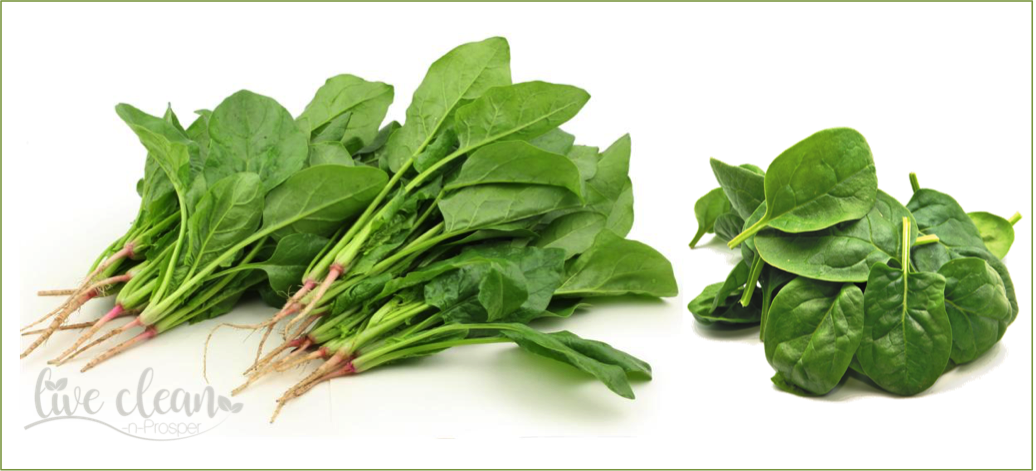Todays post is about a condition called Hemochromatosis. A topic I was discussing recently with a colleague.
Interestingly, this condition is usually considered a blood disorder, however it seems a little more complicated than that.
So what is Hemochromatosis?
Also known as Inherited Iron Overload Disorder, is caused by gene mutations.
This means that usually hemochromatosis is hereditary. There are however, some cases where the condition can be a result of another illness.
Only a small number of people who have the gene mutation develop serious problems.
Our body has specific genes that regulate the absorption, transport and storage of iron. The mutated genes impair the intestines control of the absorption of iron from foods during digestion. They alter the distribution of the iron to other parts of the body. As a result, the amount of total body iron is increased.
Because the human body cannot increase the excretion of iron, the iron accumulates. Too much iron can be toxic and over time the buildup causes damage. The liver, heart, pancreas, endocrine glands, and joints are the organs most affected.
What are the symptoms?
Hereditary hemochromatosis is actually present at birth, however some people with the condition never have symptoms. Many early signs and symptoms often overlap with those of other common conditions.
Most people don’t experience signs and symptoms until later in life. Usually after the age of 40 in men and after age 60 in women. Women are more likely to develop symptoms after menopause. This is because they no longer lose iron with menstruation and pregnancy.
Early symptoms of the condition may include extreme tiredness and fatigue, joint pain, abdominal pain, weight loss, and loss of sex drive. As the condition worsens, affected individuals may develop arthritis, liver disease (cirrhosis) or liver cancer, diabetes, heart abnormalities, or skin discolouration.
Environmental and lifestyle factors such as the amount of iron in the diet, alcohol use, and other illnesses can affect the severity of the symptoms.
How is it treated?
Doctors diagnose hemochromatosis based on blood tests to check levels of iron and certain proteins in the blood. Followed by checks for gene mutations that commonly cause hemochromatosis. In some cases, doctors may also use a liver biopsy to confirm iron overload is present.
Treatment includes regularly removing blood from your body. Because much of the body’s iron is contained in the red blood cells, this treatment lowers iron levels.
The amount of blood removed and how often it’s removed depend on several factors. A persons age, overall health and the severity of iron overload all have an impact.
Dietary changes are also recommended to reduce iron intake. Within our diet we consume two types of iron: heme iron, which is contained in meat and non-heme iron, which is contained in plants and supplements. Heme iron is the most easily absorbed, whereas non-heme is absorbed less well.
Calcium is the only known substance that can impair the absorption of both heme and non-heme iron. Whereas eggs, fibre and the tannins found in coffee, tea and chocolate impair absorption of non-heme iron.
Recommended dietary changes can include:
- avoiding supplements that contain iron and vitamin C
- reducing iron-rich and iron-fortified foods
- reduce red meat intake
- alcohol intake,
- avoiding uncooked fish and shellfish
If you’re concerned about your iron levels, reach out to your doctor and start with a blood test.
I hope that you found this information interesting.
Till the next post,
Live clean n Prosper
Sources – U.S. National Library of Medicine,
Mayo Clinic, Davidson’s Principles & Practice of Medicine,
Haemochromatosis AustraliaOu-


